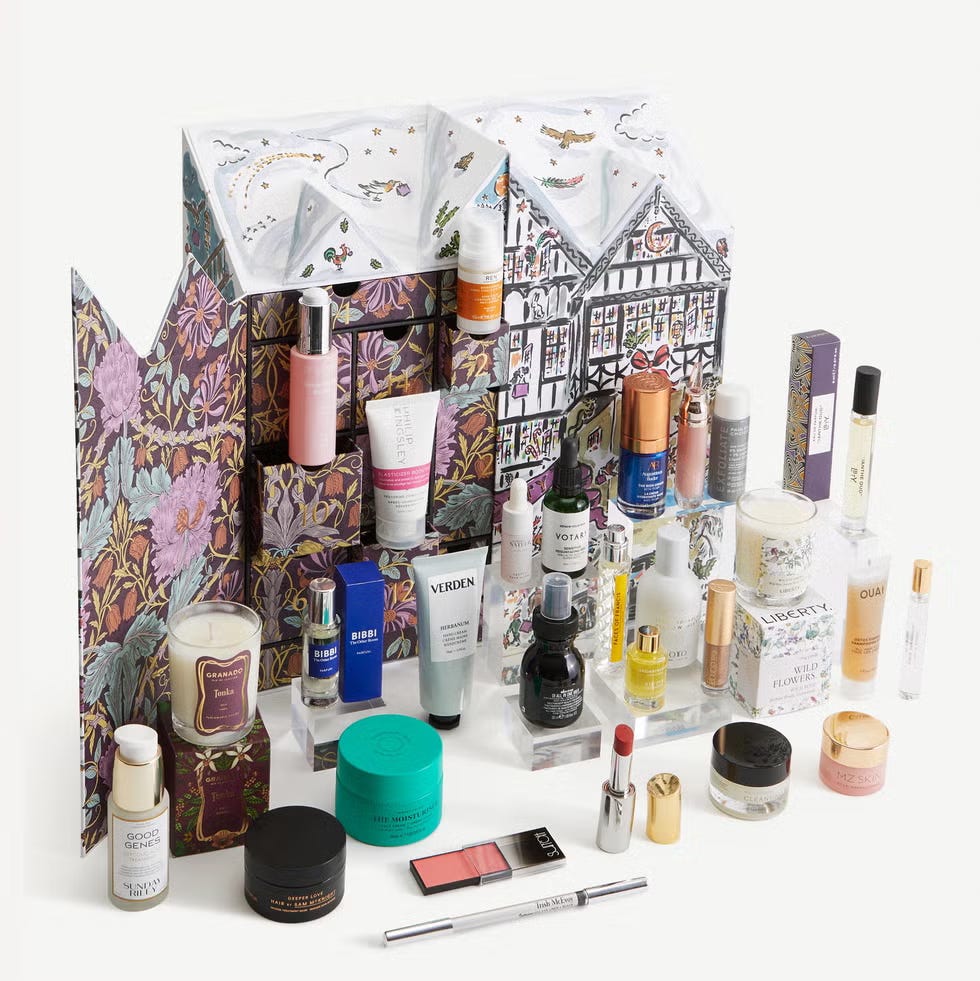How beauty calendars took over Christmas
Dark Luxury takes a look at the money behind the mania for beauty advent calendars
Earlier this month I wrote a guest post for one of our favourite substacks, Amy Odell’s Back Row. I’m reposting it here for our paying subscribers to read over Christmas. Did you get a beauty advent calendar this year? Where from? And what did you make of the included products? Send us a message, or if you’re a paid subscriber, leave a comment.
You may not be surprised to learn that the people who make beauty advent calendars have already finalised many of the products to be included in next year’s calendar, and are already thinking about 2026. Beauty advent calendars have well and truly taken over Christmas, at least among retailers selling beauty products. (Not everyone is thrilled about this, as Bella Mackie points out in her Note.)
Some of the people who work on the calendars also wonder whether the retailers will ever be able to replace them, such is their vast contribution to their bottom line.
If you’re a free subscriber, why not sign up for a trial to have a look at our first three stories? In addition to today’s article on the business of beauty calendars, we’ve covered the luxury shopping habits of the Assad family and we’ve delved into what went wrong at the UK’s largest (and only) global luxury brand. We’ve got an exciting line-up of stories and investigations coming up in January, and we can’t wait to share them with you.
Retailers make millions each season on beauty advent calendars. Resellers are hording them — and making thousands themselves.
“We had no idea it would be so huge,” said Liberty's head of beauty Natalie Guselli, of the British department store’s launch of its first beauty advent calendar in 2014. The calendars sold out almost immediately. Ten years later, they still sell out well before Christmas, hyped by social media “unboxing” videos.
The calendars were so popular that lines formed outside its Soho store. Liberty became ground zero for advent calendar mania. The store had previously sold a chocolate truffle-filled advent calendar in a pretty box bearing an illustration of the London store. In the beauty version, each of 25 tiny boxes contained products from brands like Malin + Goetz, Kiehl’s, and Diptyque. With a combined retail value of £400 (around $624), Liberty sold it for £149 ($233).

Though advent calendars became a mainstream internet fixation around the time Chanel’s went viral for being a rip-off in 2021 (Dior’s $3,500 “Trunk of Dreams” didn’t fare much better in 2022), they drive huge business for companies that make them and resellers who bulk buy them.
Liberty's beauty advent calendar has become so crucial to the retailer that…


